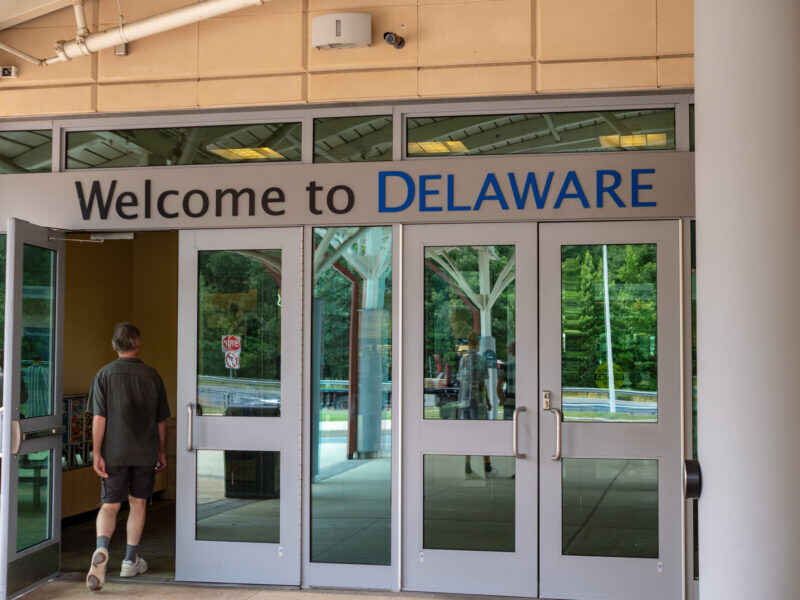
Local Cooling Requirements to Protect Individuals from the Health Effects of Extreme Heat in Living Spaces
Fact SheetEnvironment, Climate and HealthWhile many states require heating equipment to be installed or minimum temperatures maintained in rental dwelling units, few, if any, states have implemented similar requirements to provide cooling equipment to be installed or temperatures be maintained to prevent people from suffering the health effects of extreme heat where they live. As temperatures rise due to climate change, local cities and counties are considering ordinances to do just that. This resource summarizes some key features of selected local ordinances.











